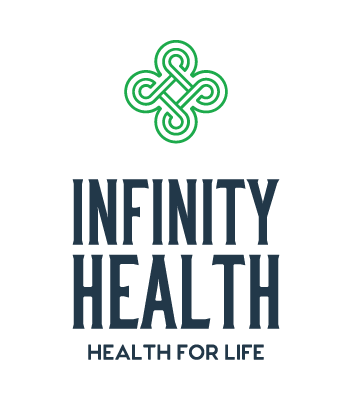As technology evolves in the field of Physiotherapy, so does the way in which we consume it. Many of the developments are allowing Physiotherapists achieve a higher level of efficiency. This is great news, especially as we see a rise in chronic pain clients. In fact, as many as 1 in 5 people are suffering with a chronic illness of some kind.
So how can technology help address this alarming trend?
There are a number of areas where break-through technologies are creating new treatment opportunities and programs, we are going to cover a few in today’s post.
Automation
The first and likely most commonly used technological advancement is in the automation of repetitive tasks. Essentially, the measurement and logging of patient movement. Access to movement databases, state-of-the-art software and client management systems free up time and resources. Physiotherapists are able to allocate more time for education and treatment, improving clinic efficiency.
Awareness and Education
Secondly, technology advances allow for increased awareness surrounding accessibility and affordability. Research suggests that 1 out of 10 people that could benefit from Physiotherapy actually pursue it. While there is no clear cut reason for this usage shortage, getting the word out about the benefits of musculoskeletal care could help decrease this gap. Social media, video development and online mass messaging have made a huge impact on building this awareness. Education may be the key to minimizing the need to resort to opioids and invasive surgeries.
The Assessment Process
Computer vision technology is allowing the assessment process to move in a much more efficient fashion. Eventually, this type of technology will allow Physiotherapists to analyze each joint and measure each joint angle in their movement.
Automation of movement analysis
Further still, this data will be automatically compared to known movement data. This allows for automatic alerts of any issues without having to use markers or attachments. Such technology allows for more efficient diagnoses and allows for the ability to identify multiple joints dynamically.
It is obvious that there are exciting developments happening in our field, so what does this mean for you as a patient? Well, it doesn’t mean that your next visit will be conducted by a robot! You may see the automation of lower level repetitive tasks allowing for more time for your Physiotherapist to work one on one, creating the best treatment plan for you.

